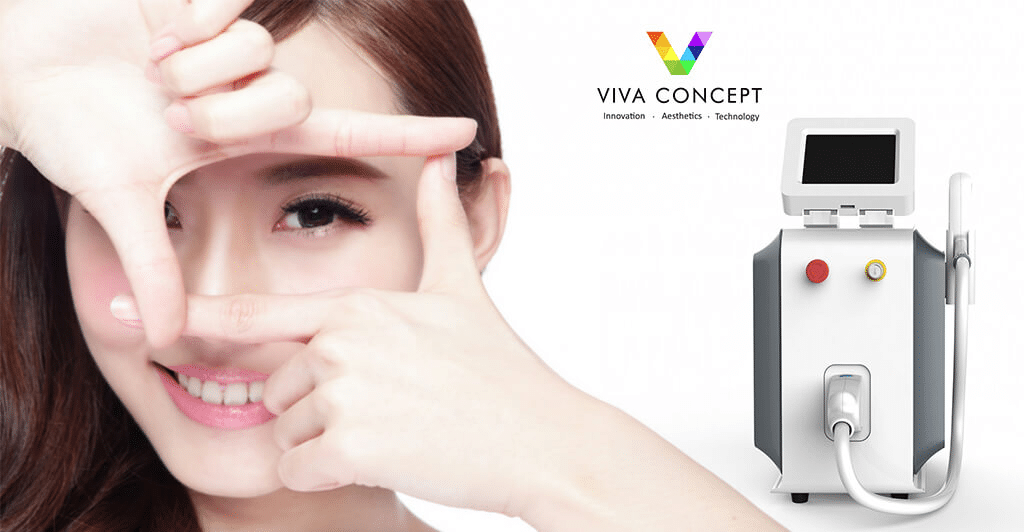Can laser remove the pigmentation permanently?
Laser treatment is a popular and effective method for pigmentation removal. The laser treatments use targeted beams of light applied directly to the skin. Laser therapy can be used to treat hyperpigmentation, reducing the intensity of dark spots, with different types of lasers available to treat different forms of the condition on a variety of skin tones. But is the laser pigmentation removal permanent?
The answer is yes.
For most people, multiple sessions of laser therapies are required to achieve the optimal result. Most patients describe the sensation of their session as similar to a rubber band snap:
mildly uncomfortable but not painful. However, hyperpigmentation treatment does not prevent future discoloration. So, if you continue to damage your skin with sun exposure, acne, or other environmental factors, you may require future treatments.
How is pigmentation formed and why it can be removed?
Pigmentation is common to see on people’s faces and we should know how it formed. There are cells in the deeper layers of your skin called melanocytes which produce melanin, or pigment. Ideally, that pigment would be made and distributed evenly across the skin, but we know that isn’t always the case. Inflammation, sun damage, or in the case of melasma and pregnancy-related pigmentation, hormones may trigger the melanocytes to over-produce pigment, leading to dark spots, patches, and stains.
The melanocytes are always producing some pigment, every day, which is why uneven pigmentation can return after it’s been treated. There are ways to prevent it from coming back, explained below. The surface layer of our skin is 0.1-0.2mm thick and it is exfoliated or shed every four weeks. The visible pigment that gets trapped in this layer can be reformed every month as the melanocytes transfer pigment into the new skin cells in the deeper layers, and these new cells make their way to the surface.
To manage pigmentation long-term, you need to remove the existing pigmentation trapped in both the surface and the deeper layers of your skin, and then use a pigment-inhibiting serum and manage your triggers to keep the new pigmentation from forming.
Can laser remove pigmentation?
Laser treatment is an effective and non-invasive way to remove or minimize pigmented spots on your skin. However, in order to know which laser treatment to use, the type of pigmentation needs to be correctly diagnosed first.
Additionally, even though laser treatments are effective, there are instances where pigmentation may resurface. Usually as a result of improper aftercare, aging, minimal sun protection, or hormonal factors. We have provided a guide below to follow in order to maximize the results after treatment.
| Image | Product | Technology | Laser Wavelength | Pigmentation Type |
|---|---|---|---|---|
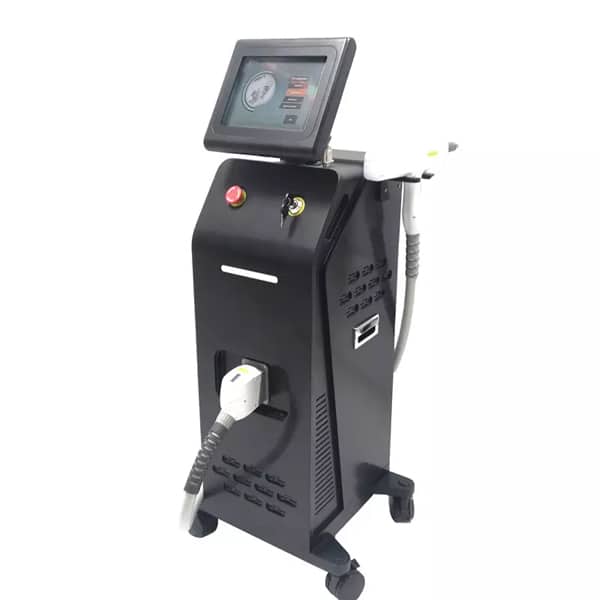 | Q-switched ND YAG Laser | Q-switch lasers | 1064nm/532nm/1320nm/755nm | Pigmentation in the dermis and epidermis |
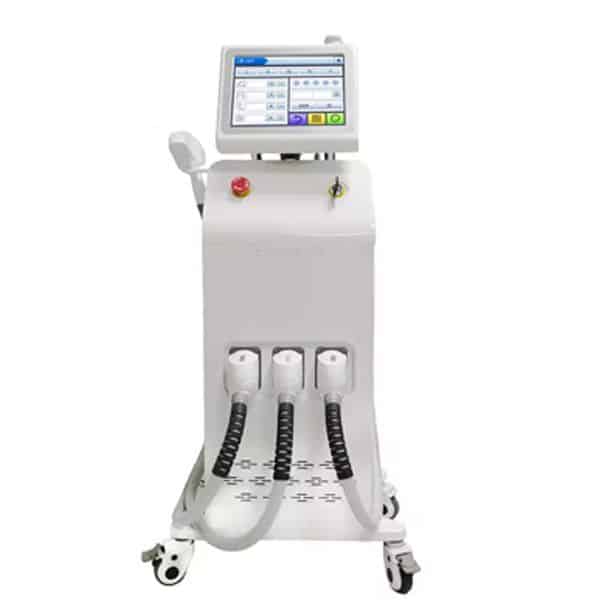 | Pigment Removal Q-Switch Laser Machine | Q-switch lasers | 1064nm/532nm/1320nm/755nm | Pigmentation in the dermis and epidermis |
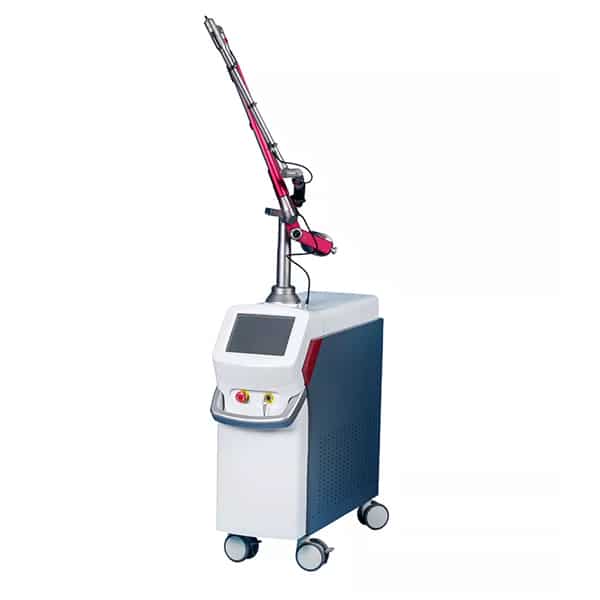 | EO Active Q-Switched ND YAG Laser Machine | Q-switch lasers | 1064nm/532nm/1320nm/755nm | Pigmentation in the dermis and epidermis |
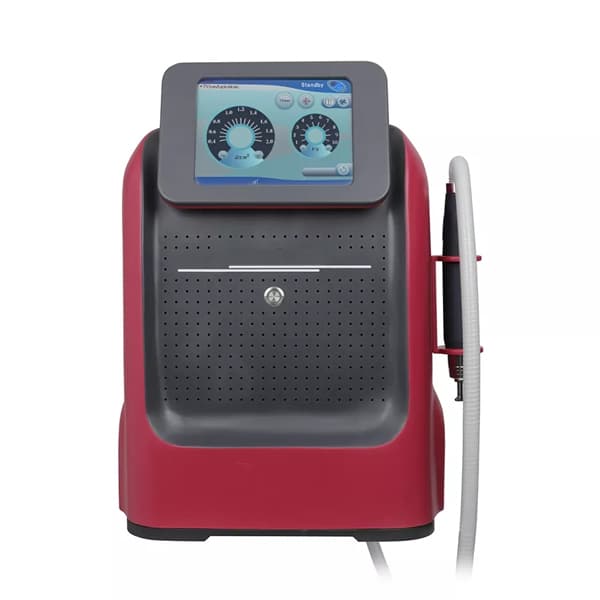 | Picosure laser machine | Pico laser | 1064nm/532nm/1320nm/755nm | Pigmentation in the dermis and epidermis |

